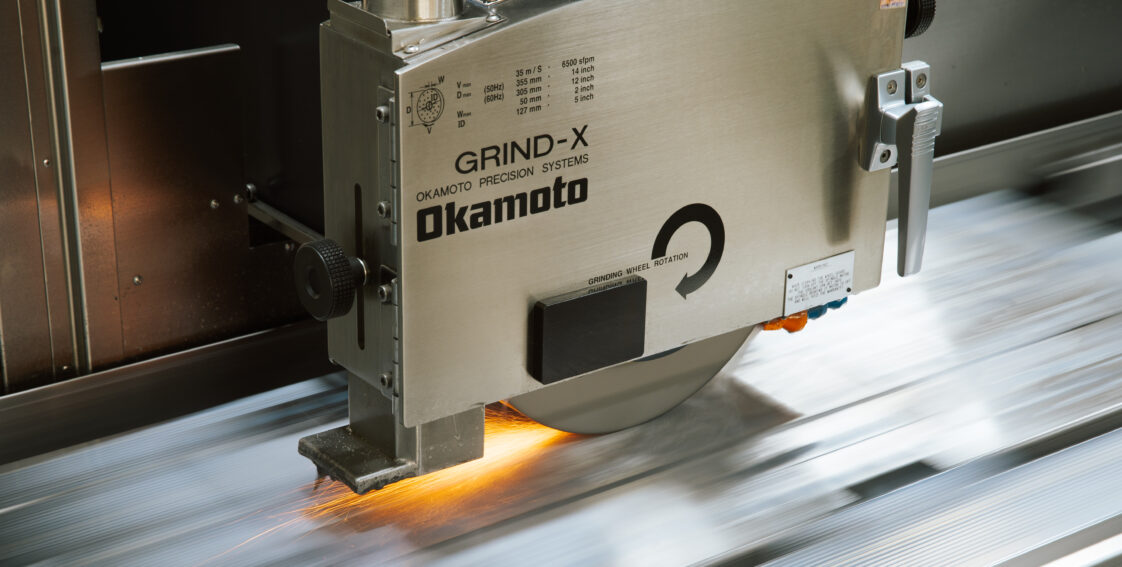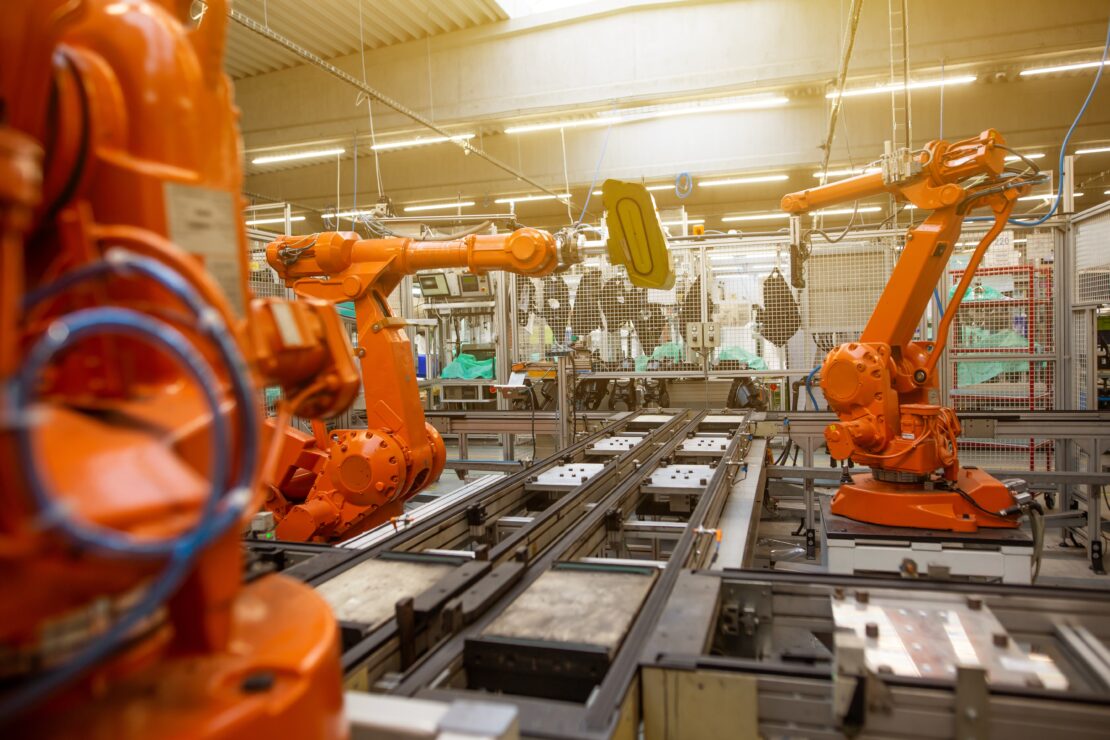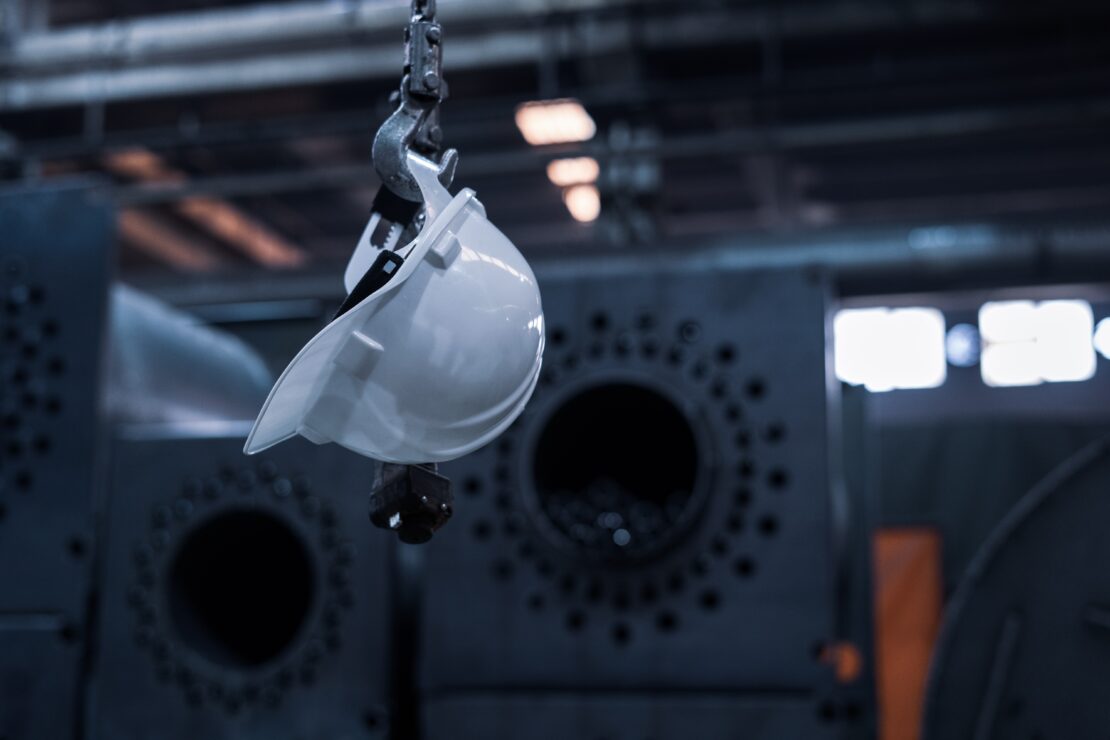
The Key to Unlocking Workplace Efficiency
The Future of Manufacturing: How Custom Automation is Changing the Game
Manufacturing has come a long way since the days of handcrafting goods. Today, manufacturers rely on automation to increase efficiency, reduce costs, and improve quality. With the rise of custom automation, the future of manufacturing looks brighter than ever before.
Custom automation is the use of robots and other automated equipment that can be customized to fit the specific needs of a manufacturing process. These systems are designed to handle a wide range of tasks, from assembly and sorting to packaging and shipping. By using custom automation, manufacturers can reduce labor costs, increase productivity, and improve product quality.
“The first rule of any technology used in a business is that automation applied to an efficient operation will magnify the efficiency. The second is that automation applied to an inefficient operation will magnify the inefficiency.” – Bill Gates

One of the biggest advantages of custom automation is its ability to handle complex manufacturing processes. Many industries, such as automotive and aerospace, require highly precise and intricate manufacturing processes that can be difficult for human workers to complete consistently. Custom automation systems can be programmed to perform these processes with accuracy and consistency, leading to higher-quality products and fewer defects.
Custom automation can also increase the speed at which products are manufactured. With automated equipment handling tasks that would otherwise be performed by human workers, manufacturers can increase the speed at which products are produced without sacrificing quality. This allows manufacturers to meet growing demand and reduce lead times, which can be a significant advantage in today’s fast-paced business environment
Another advantage of custom automation is its ability to improve workplace safety. By automating dangerous or physically demanding tasks, manufacturers can reduce the risk of worker injuries and create a safer work environment. This not only benefits workers but also helps manufacturers avoid costly workers’ compensation claims and lawsuits.

As technology continues to evolve, the future of manufacturing looks even brighter. The integration of artificial intelligence and machine learning into custom automation systems will allow manufacturers to further increase efficiency and reduce costs. For example, predictive maintenance algorithms can be used to identify potential equipment failures before they occur, reducing downtime and increasing productivity.
The rise of custom automation is also creating new opportunities for manufacturers to be more flexible and responsive to customer demands. By using flexible automation systems that can be quickly reprogrammed for new products or production runs, manufacturers can adapt to changes in demand or product requirements more easily.
While there are many potential benefits to automation in manufacturing, there are also some downsides that should be considered. One such potential downside of automation is the high initial investment costs. Implementing automation technology can be expensive, and manufacturers must carefully weigh the costs versus the long-term benefits.
Eagle Manufacturing offers custom automation that is changing the game for customers.
“With our ability to improve efficiency, reduce costs, and increase quality, custom automation is set to play an increasingly important role in the future of our company.” – Brent Short – CEO Eagle Manufacturing
As technology continues to evolve, the possibilities for custom automation are virtually limitless, and the benefits for manufacturers and consumers alike are significant.
